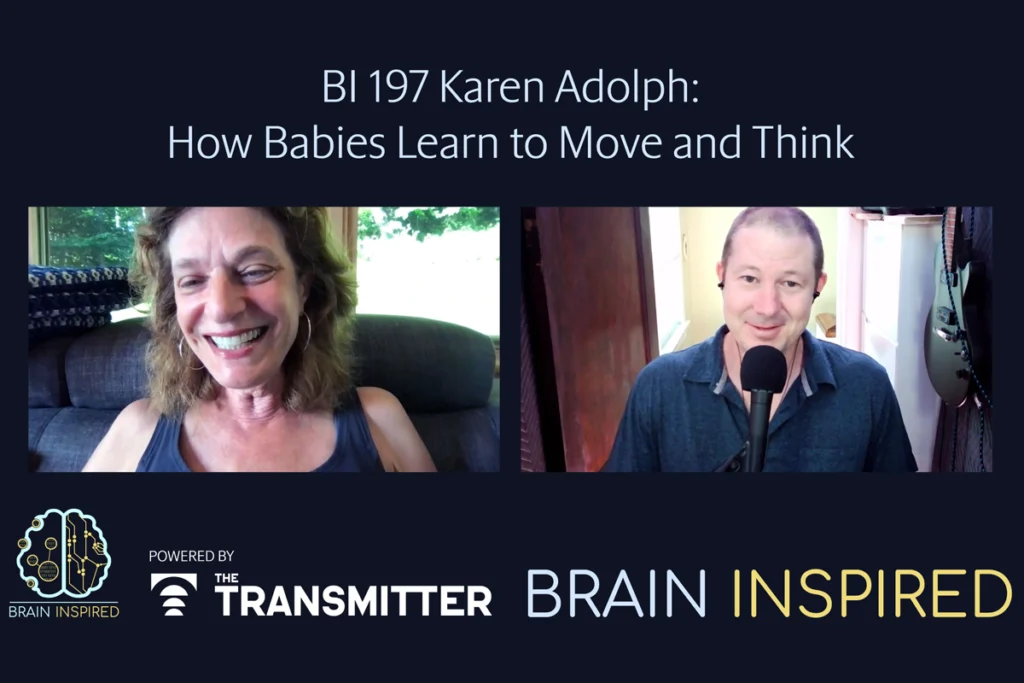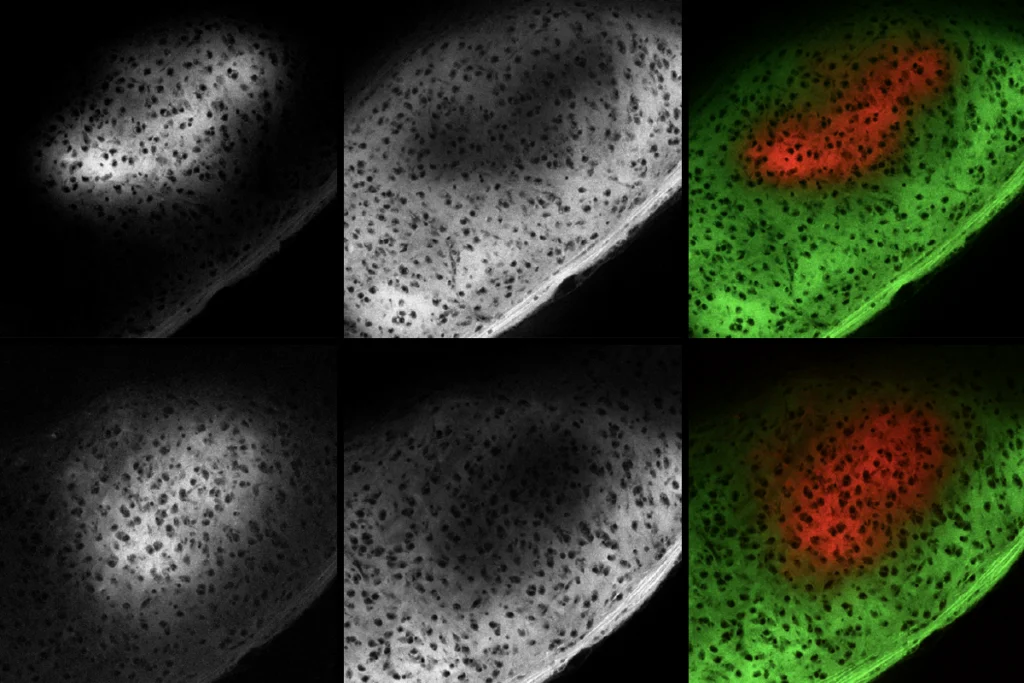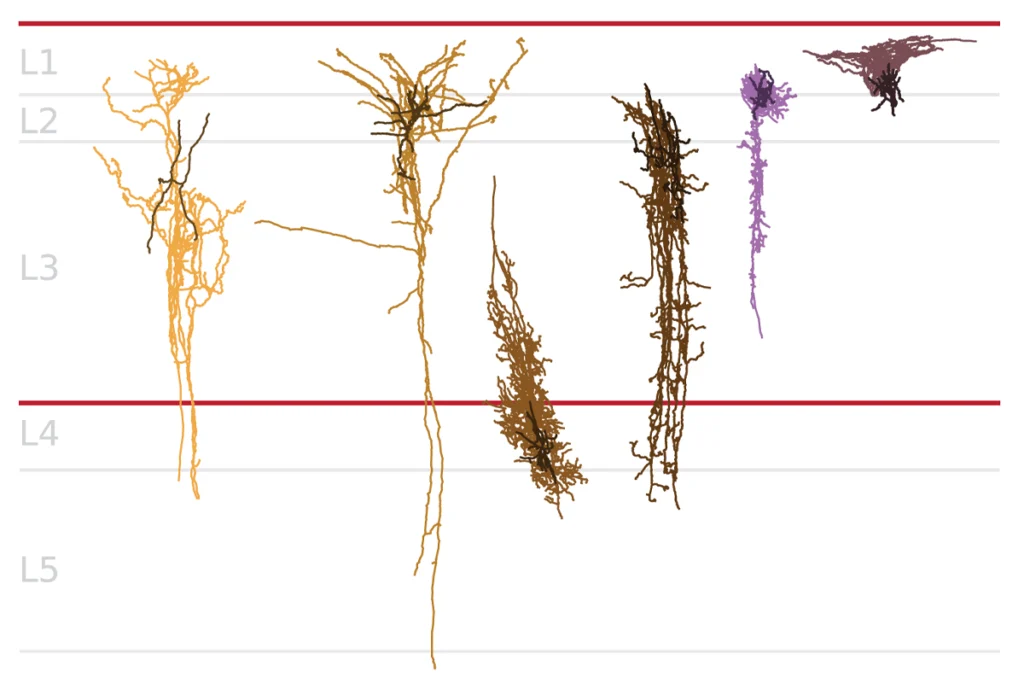Amber Dance is an award-winning freelance science writer based in Southern California. She contributes to publications including PNAS Front Matter, The Scientist, and Nature.

Amber Dance
From this contributor
Levels of autism severity in diagnostic manual track with intelligence
A rating of high severity of autism from the DSM-5, the latest version of the “Diagnostic and Statistical Manual of Mental Disorders,” tracks with low intelligence scores.

Levels of autism severity in diagnostic manual track with intelligence
Explore more from The Transmitter
Karen Adolph explains how we develop our ability to move through the world
How do babies' bodies and their environment teach them to move—and how can robots benefit from these insights?

Karen Adolph explains how we develop our ability to move through the world
How do babies' bodies and their environment teach them to move—and how can robots benefit from these insights?
Microglia’s pruning function called into question
Scientists are divided over the extent to which the cells sculpt circuits during development.

Microglia’s pruning function called into question
Scientists are divided over the extent to which the cells sculpt circuits during development.
Early trajectory of Alzheimer’s tracked in single-cell brain atlases
Inflammation in glia and the loss of certain inhibitory cells may kick off a disease cascade decades before diagnosis.

Early trajectory of Alzheimer’s tracked in single-cell brain atlases
Inflammation in glia and the loss of certain inhibitory cells may kick off a disease cascade decades before diagnosis.